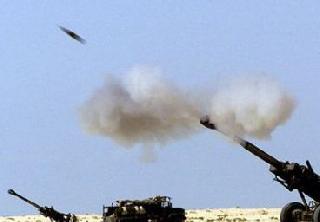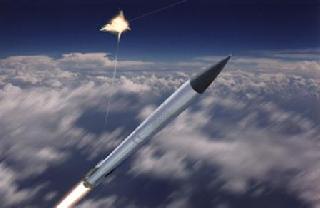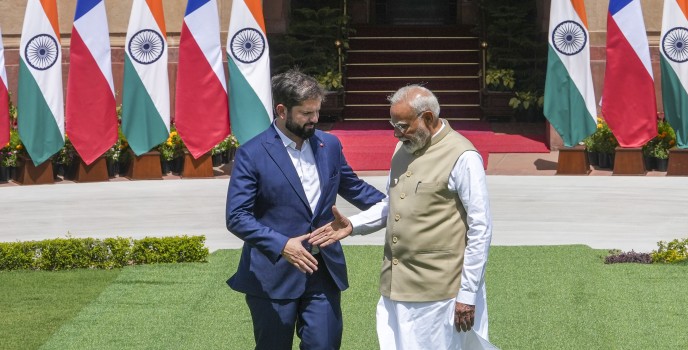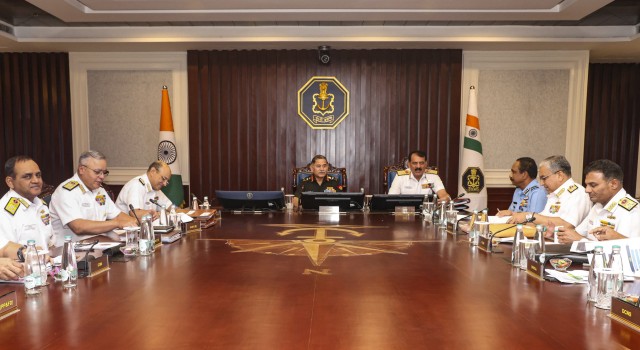
U-2 spy plane
WASHINGTON (PTI): The US may rely on its aging fleet of 33 high-flying U-2 spy planes longer than expected due to defence cutbacks, according to a media report.
For more than 50 years, the CIA and US military have relied on U-2s to go deep behind enemy lines for vital intelligence-gathering missions.
It was first designed during the Eisenhower administration to breach the hidden military strongholds in the Soviet Union.
The fleet of 33 spycraft was supposed to be replaced in the next few years with RQ-4 Global Hawks, the high-tech drones that have been part of the US Air Force since 2001. But last week, the Pentagon proposed delaying the U-2's retirement as part of Defence Department cutbacks.
At an estimated cost of $ 176 million each, the Global Hawk drone had "priced itself out of the niche, in terms of taking pictures in the air," Los Angeles Times quoted Deputy Secretary of Defense Ashton Carter as saying.
"That's a disappointment for us, but that's the fate of things that become too expensive in a resource-constrained environment," Carter said.
The Pentagon has determined that operating the U-2 would be cheaper for the foreseeable future; it won't disclose how much operating the U-2s will cost for security reasons.
Flying a nearly six-decade-old plane may sound risky, but the military's U-2s are regularly "rebuilt, redone and retrofitted," said Dianne Knippel, a Lockheed spokeswoman.
Since 1994, the Air Force said, at least $1.7 billion has been invested to modernise the U-2 airframe. These upgrades also include new engines, new cockpits and, of course, new cameras and sensors.
Since 2003, the US Air Force has flown more than 95,000 hours in the U-2 providing intelligence, surveillance and reconnaissance.
"The U-2 supports the boots on the ground using its various sensors and cameras to relay information to the requesting war fighting units," she said.
Most of the U-2's capabilities are classified, but analysts say its newest sensors enable the U-2 to listen in on cell phone and radio conversations and pinpoint the location of the caller on the ground.
Some can even "smell" the air and sniff out chemical plumes emanating from a potential underground nuclear laboratory, the report said.
 Previous Article
Previous Article Next Article
Next Article








The Indian Air Force, in its flight trials evaluation report submitted before the Defence Ministry l..
view articleAn insight into the Medium Multi-Role Combat Aircraft competition...
view articleSky enthusiasts can now spot the International Space Station (ISS) commanded by Indian-American astr..
view article